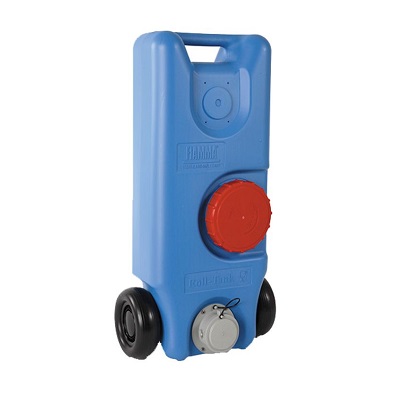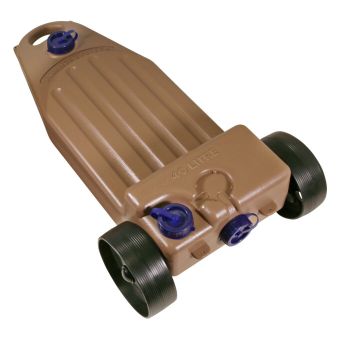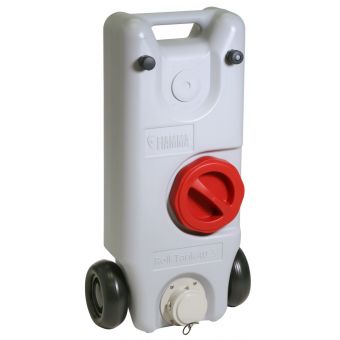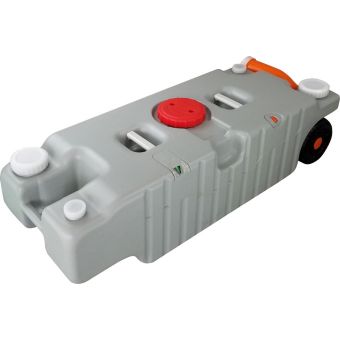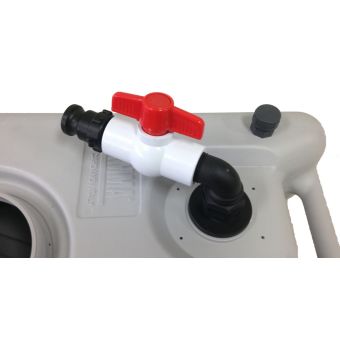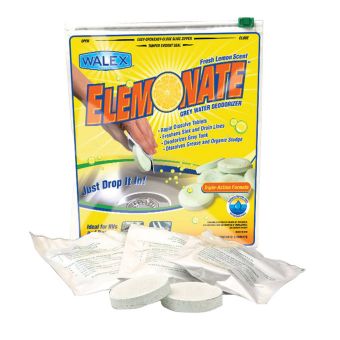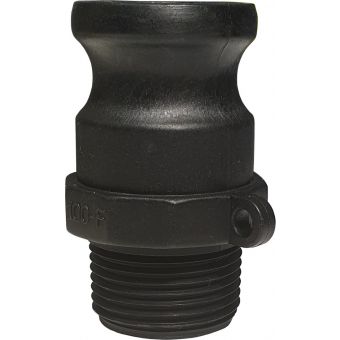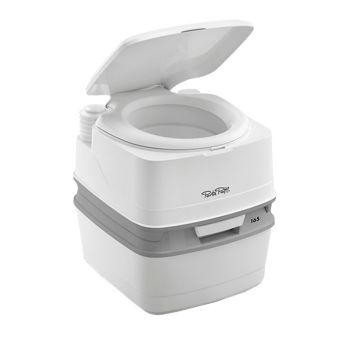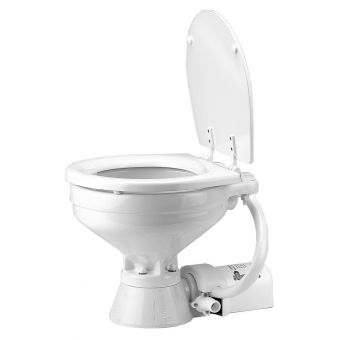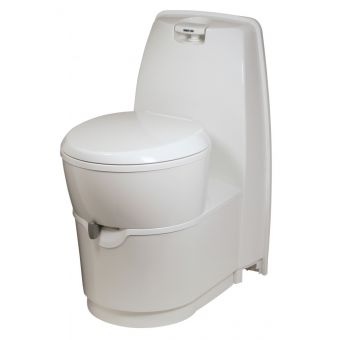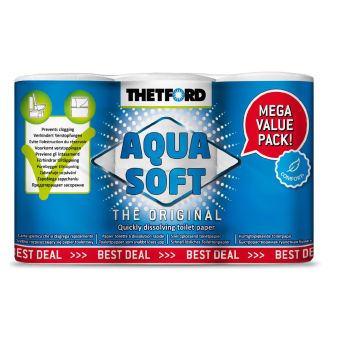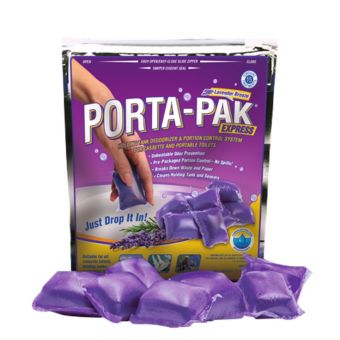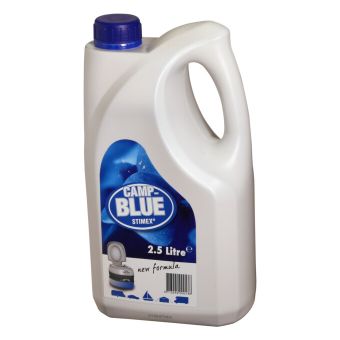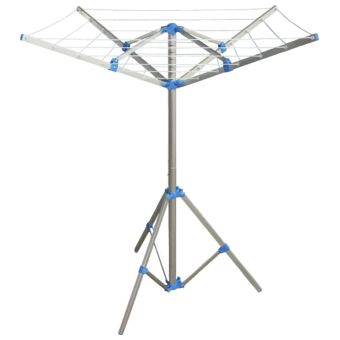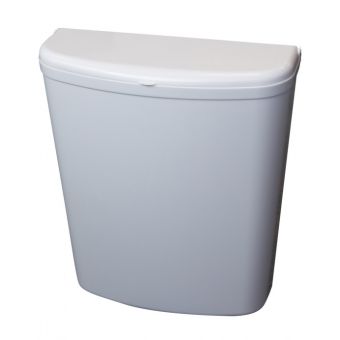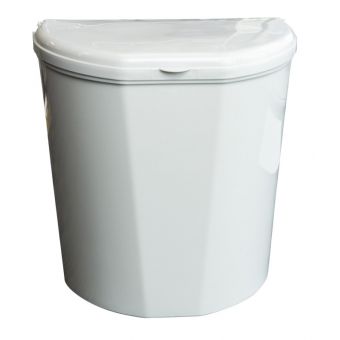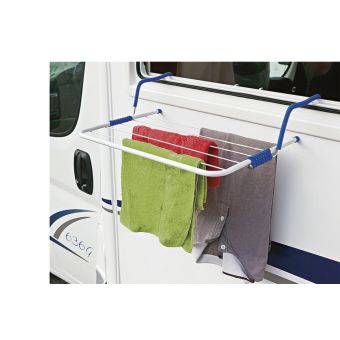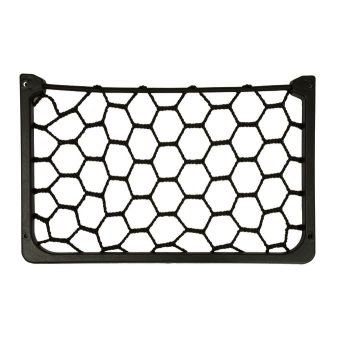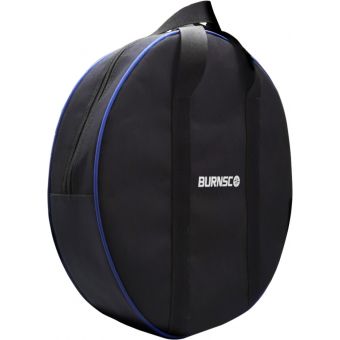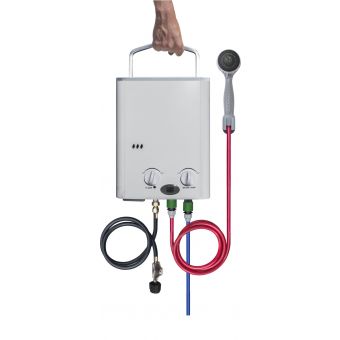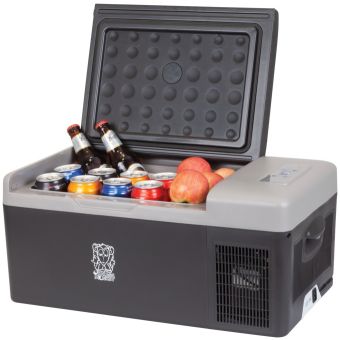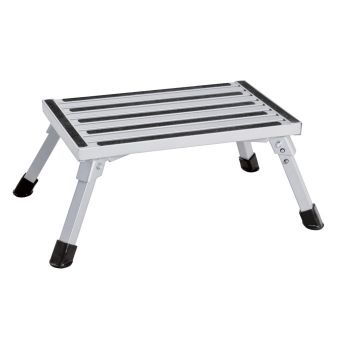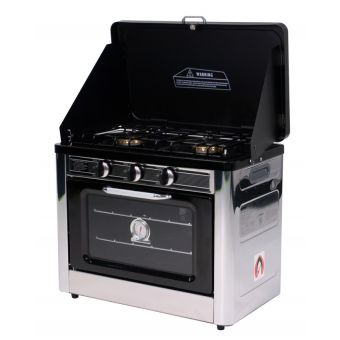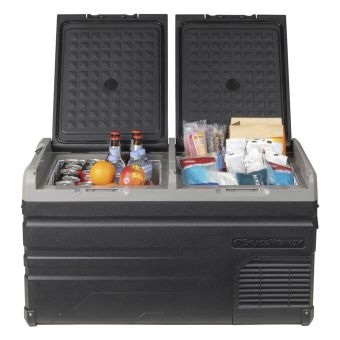A major benefit of owning a motorhome, caravan or RV in New Zealand is the ability to explore places off the beaten track. We’re also very lucky to be able to park up and camp at some of these spots. It’s a great privilege to be able to do so, and understandably there are some rules set up to help protect New Zealand's precious environment. Here’s our guide to RV plumbing and self-containment to help you enjoy the outdoors responsibly.
Overview
While it may not be 100% necessary to have your camper correctly plumbed up to self-containment standards, we would highly recommend doing so as it allows you access to the country's best campsites. There are minimum requirements that, once understood, can easily be applied to even the most basic of RV plumbing set-ups.
This article is designed to serve as a guide to the basics of self-containment. Please refer to the OFFICIAL STANDARDS HERE or consult a local SELF CONTAINMENT OFFICER for the complete requirements.
What is Self-Containment
A vehicle that is self-contained has on-board facilities that hold enough fresh and wastewater, rubbish, and also human waste for a 3 day period. The number of people the vehicle sleeps determines the minimum size (in litres) of these facilities. There are also requirements for hose sizing, vents, and correct disposal of the waste. Let’s walk you through the basics...
What are the Requirements for Self-Containment?
Let’s break down each part of the plumbing system and discuss the self-containment requirements for each:
- Fresh Water
- Grey Water & Sink
- Toilet Facilities & Black Water
- Rubbish Facilities
Fresh Water
You must have a freshwater container in the vehicle that has a capacity of at least 12L (4L per day for 3 days). This is the minimum requirement for a vehicle sleeping ONE person, so the standard 2 berth camper will require a freshwater tank with 24L minimum capacity.
The freshwater tank also requires an air vent of at least 6mm in diameter. This freshwater container can either be fixed or removable for filling. A fixed tank requires a 25mm inlet hose, as well as a sealed cap to prevent contaminants from entering. An Water Inlet Hatch with air vent, sealable cap and lockable door is the industry standard to achieve this.
There are more requirements that may relate to your specific build type - review the OFFICIAL STANDARDS HERE.
Grey Water & Sink
Grey water refers to dirty or used water NOT containing human body waste/sewage.
Grey water typically begins at the sink after washing some dishes or brushing your teeth. The sink must be permanently fitted to the vehicle and must also have a smell trap to prevent odour from the grey water tank entering the vehicle. This smell trap can be achieved by simply looping the waste hose from the sink, creating a section of the hose where water will sit and seal. Commercially available ‘P’ and ‘S’ traps can also be used.
Like the freshwater container, the grey tank needs a minimum capacity of 12L per person. More than likely the vehicle sleeps 2 people so 24L is the standard minimum capacity. If the vehicle's freshwater capacity is greater than the grey water capacity, make sure you’re able to monitor the grey tank levels to prevent overflow.
This tank must also have an air vent but this time the minimum size is 10mm, or preferably 25mm. The vent can exit the vehicle either through the roof or side of the vehicle (away from windows and doors), or if exiting through the floor, must extend above the sink level and then down to the bottom of the vehicle. The grey water tank can be either fixed or removable. Keep in mind that the fittings should easily detach from the tank and seal if removable.
Removable/portable tanks can simply be removed from the vehicle and tipped into a designated dump point. For fixed grey water tanks, a valve accessible only from the outside of the vehicle is used to empty the tank. This should also have a dust cap to prevent leakage when not in use. It is recommended that the evacuation hose is a minimum of 18mm in diameter (if less than 3m). However, a 25mm drainage hose, valve and outlet piping from the grey tank is generally used in most instances.
There are more requirements that may relate to your specific build type - review the OFFICIAL STANDARDS HERE.
Toilet Facilities & Black Water
Black water refers to dirty water that DOES contain human body waste
There are several options when it comes to the type of toilet that can be used in a motorhome, each with its own benefits. The minimum holding tank size for any toilet, regardless of design, is 1L per person per day for 3 days = 3L minimum. The requirements also state that the toilet must be adequately restrained during travel and have sufficient head and elbow room to be used with the bed made up. Here’s a list of the most common toilet types and their benefits:
Portable Toilets
- Defined as a toilet with its own holding tank, not fixed to the vehicle
- Most simple and cost-effective way to meet the certification requirements
- Simple to empty but care is needed to avoid spills
- Takes up the least amount of space in the vehicle
- No extra plumbing required
Fixed Toilet
- Defined as permanently fixed inside the vehicle and plumbed to a black water tank
- Generally the most expensive option
- Requires extensive plumbing and space under the vehicle for black water tank
- Gives the option for a large holding capacity meaning longer stays off the grid
- Requires extra freshwater capacity for flushing
Cassette Toilets
- Defined as a fixed toilet with a removable holding tank or cassette
- Very common in medium sized motorhomes
- Removable tank usually accessible from the outside for ease of dumping
- Comfier and more aesthetically appealing than portable toilets
- More complicated installation involving plumbing and cutting holes in the vehicle exterior
- Generally includes integrated flushing tank
- Allows the option of carrying multiple cassettes for increased capacity.
- Simple to empty but easy to spill!
Composting Toilet
- Defined as a toilet that is an aerobic processing system to treat human waste, by composting - where wastewater is separated, a black water tank is required.
- Essentially a container filled with a compostable matter (sawdust mix or coconut coir etc) that can be stirred to help the composting process of ‘solids’.
- Wastewater (urine) is diverted into a separate holding tank or black water tank which prevents odour.
- When full, the toilet can be emptied into a household compost bin (for use on non-edible plants and trees) or disposed of in general waste bins (bagged well to prevent leakage).
- Urine container or black water tank must be emptied at designated dump stations.
- Relatively cost effective and generally uses no water.
- No need for chemicals to reduce odours.
Rubbish Facilities
This part is easy! All you need is a sealed waste container (rubbish bin) to dispose of your waste which can be emptied at a later date. New Zealand has rubbish and recycling facilities everywhere you go, so be a tidy Kiwi and dispose of your mess properly.
Waste Disposal
We all love the natural beauty of New Zealand, so we should do our part to protect it for future generations. This means correctly disposing of all the waste we generate. Thankfully, most towns across the country are well set up to do the right thing. Dump stations can be found in the bigger towns. These provide facilities to refill fresh water and to remove the waste (grey and black) water.
Only use a designated potable water tap to fill your freshwater tank. DO NOT USE THE HOSE AT THE SEWAGE DUMP POINT!
These should be clearly labelled as to which tap to use.
Dumping your wastewater and sewage isn’t as unpleasant as most people think. The way you empty your tanks depends on how you’ve set them up. Portable/removable tanks can simply be tipped down the drain at the dump point. Fixed tanks require an evacuation hose to be connected, which is then run from the vehicle into the dump drain.
It’s a good idea to run a bit of fresh water through the system once the grey/black tank is empty to flush out any deposits at the bottom of the tank or in the hose. We recommend using gloves and hand sanitiser when dealing with dump stations and emptying wastewater.
Getting Certified
Once you’ve got your vehicle up to standard it’s time to get it inspected and certified. There will be dedicated self-containment testing officers in your area who can be found with a quick Google search. Alternatively, any registered plumber, gasfitter or drainlayer can also certify your vehicle. The officer will complete a checklist of the vehicle's equipment in relation to the berths (number of people it can sleep). This checklist is then sent to the self-containment authority along with the required fee.
After confirmation and approval of your self-containment certificate, you will receive a self- containment warrant card and sticker to display on the vehicle. The warrant card details the vehicle registration, number of occupants and expiry date of the self-containment certificate (4 years from date of issue) - this card must be displayed in the front left window of the vehicle by the registration card and be visible to any freedom camping officer.
The sticker should also be displayed on the rear of the vehicle to quickly indicate it is up to standard. Be aware of vehicles with only the sticker as they may not comply with the standards and you can risk a hefty fine. The warrant card guarantees your vehicle is correctly certified.
Do you have any questions?
Please, contact our friendly team on 0800 102041
or email: website@burnsco.co.nz
We provide general information on products, not personal advice.
Always seek the help of a relevant tradesperson if you have a technical query


